Ice cream has made its way to stand alongside Iran's top food exports.
In fact, ice cream was Iran's second top exported food product in terms of value in the first six months of the current fiscal year (started March 21).
This was declared by a report of Tehran Chamber of Commerce, Industries, Mines and Agriculture, citing data from Iran Customs Administration
Iran exported 27,106 tons of ice cream worth close to $115 million during the six months to Sept. 22, registering an increase of 26.45% in value compared with last year's corresponding period, during which $91 million worth of ice cream had been exported to 10 main markets with the neighboring country Iraq on top of the list, as some 98.4% (around $113 million worth) of the total export value was exported to Iraq.
Other major destinations include Pakistan, Afghanistan, India, Kazakhstan, Bahrain, Kuwait, Germany, Qatar and Georgia in the descending order in terms of value.
The average export price of Iranian ice cream stood at $4,236 per ton, which is 12 times higher than the average price of Iran's total food exports during the six-month period.
"Ice cream exports have seen an uptrend in recent years," Reza Bakeri, secretary of Iran's Dairy Industries Society, told Financial Tribune.
Iran exported $86 million worth of ice cream during the fiscal 2014-15. Exports reached $92 million the following year, up by around 7% year-on-year; and continued to grow to $120 million last year (March 2016-17), indicating a YOY increase of over 30%.
According to the official, despite the fact that Iranian ice creams come in a range of flavors and appeal to people with different tastes, they are mostly exported to neighboring countries. He said competing in advanced countries is extremely expensive.
"Iran has the capacity to produce 350,000 tons of industrial ice cream plus 3,000 tons of traditional ice cream per year," he said.
Bakeri noted that the entire domestic demand for ice cream is met via local production, adding that some commodities related to ice-cream production such as cacao, sugar, concentrate, ice-cream sticks, flavorings and stabilizers are imported.
"Currently, a combination of Iranian and foreign machinery and equipment are used in the ice cream industry," he said.
About 10-12% of domestic ice-cream production are exported.
The official further said Iran's ice cream market is worth around 3 trillion rials ($73.63 million) per year.
Tehran, East Azarbaijan, Fars, Mazandaran and Isfahan are the most active Iranian provinces in the ice cream industry.
Mihan, Domino, Panda, Daity and Kalleh are some the biggest producers of ice cream in Iran.
According to Bakeri, Iran's per capita consumption of ice cream stands at 3.5-4 liters per year.
New Zealand has the biggest ice cream consumption in the world with 28.4 liters, followed by Australia with 18 liters.
China and the US are the world's biggest ice cream producers, while France, Germany, Belgium and Italy are the biggest exporters of the product.
The global ice cream market is segmented on the basis of product type, which has been further subdivided by recipe into ordinary (hard), French, reduced fat, light, soft, no sugar, lactose-free, gluten-free and organic ice cream.
By sales, the market is segmented into impulsive, take-home and artisanal ice cream.
Based on a research conducted by Business Wire, the global ice cream market is expected to reach $87 billion by 2021, growing at a compound annual growth rate of 4.8%.
The rise in income, along with an increase in demand for sweet dishes, drives the growth of this market. Unilever dominates the global market with eight of the 15 top selling brands and a 22% share. Nestle is the closest corporate rival of Unilever with four brands in the top 15.
According to Forbes.com citing Euromonitor, Magnum was the world's top-selling ice cream brand in the world in 2015 with $2.54 billion in sales, up by 8% over 2014 and some $450 million more than second-place Haagen-Dazs.



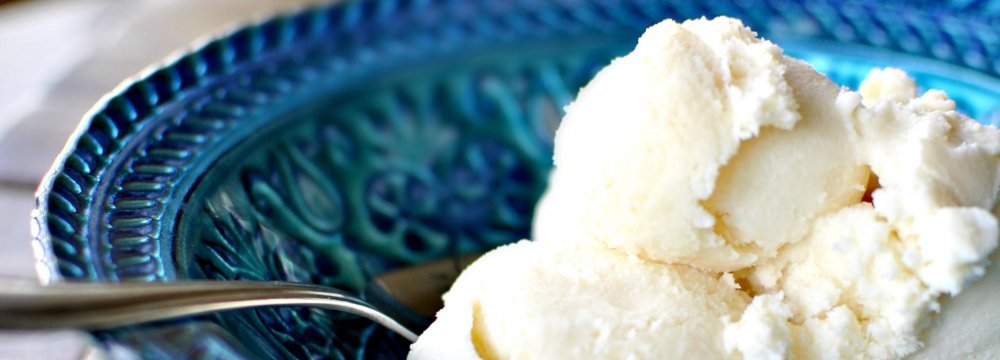

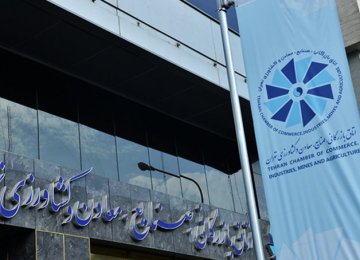
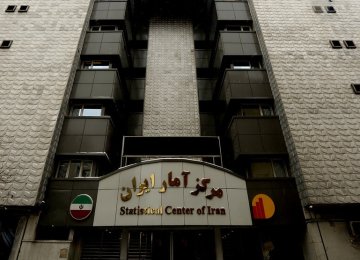
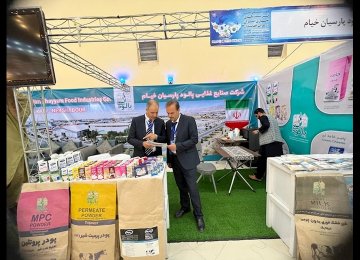


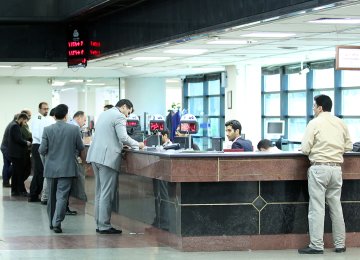
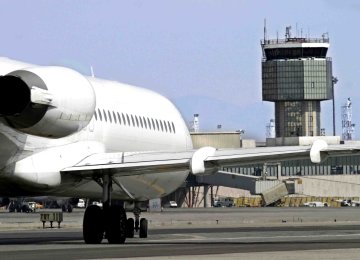


Add new comment
Read our comment policy before posting your viewpoints